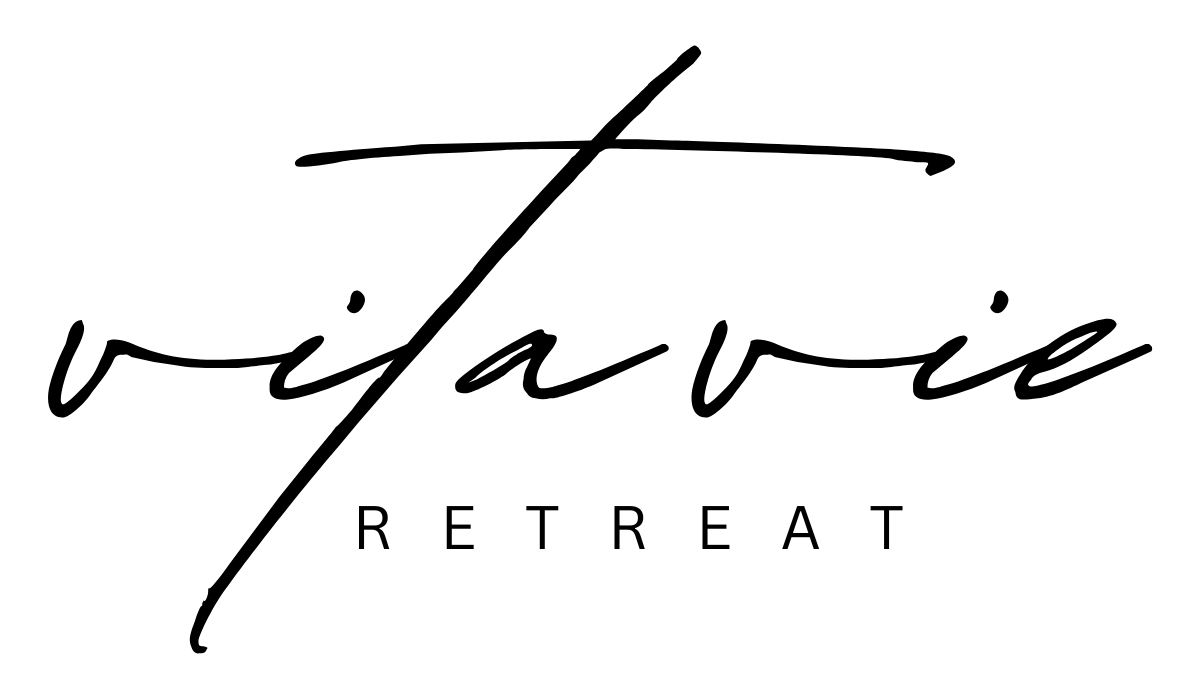7 Tips For Mindful Eating
/Mindful Eating: 7 Simple Tips That Can Change the Way You Eat and Feel
Mindful eating has become more than a trend—it’s an essential piece of the wellness puzzle. And here’s the truth: it’s not always what you eat, but how you eat that can make all the difference in reaching your health and wellness goals.
I’ve personally tried almost every eating style out there—low carb, keto, gluten-free, paleo, carb cycling—you name it. But the real breakthrough came when I stopped focusing solely on the latest plan and started paying attention to how I was eating. That’s when everything began to shift.
In a world where we are constantly juggling family, work, social commitments, and daily demands. Meals often become an afterthought—we eat in the car, while scrolling on our phones, or while trying to finish three other tasks at once. No wonder we feel disconnected from our food and frustrated with a lack of results.
The good news? Mindful eating doesn’t require a complete lifestyle overhaul. These simple tips can help you slow down, reconnect with your meals, and better understand what works best for you.
7 SIMPLE TIPS FOR MINDFUL EATING
1. Notice How You Feel After Eating
One of the most powerful things you can do is observe how food makes you feel. Not just in the moment—but 30 minutes, 1 hour, or even 3 hours later. Do you feel energized? Bloated? Sluggish?
Tracking how foods impact your energy, digestion, and mood helps you identify what truly nourishes your body.
Try this: Start noting how you feel after each meal. This awareness is the first step toward eating in a way that actually supports your goals. You don’t need a fancy app—a simple notebook or even a notes section on your phone works.
2. Eat Without Distraction
When was the last time you sat down, unplugged, and truly tasted your food? We’re so used to multitasking that we hardly register what we’re eating. Distractions dull our senses—and digestion suffers for it.
Try this: Turn off the TV, put your phone away, and take a few deep breaths before you eat. Whether you’re solo or with others, try to be fully present.
3. Chew Thoroughly
We’ve all heard this, but it’s worth repeating: chew your food—completely. Rushed chewing leads to poor digestion and missed signals of fullness. Saliva contains enzymes that begin breaking food down, so chewing is a key part of digestion.
Try this: Aim to chew each bite until it’s nearly liquid. Put your fork down between bites to slow yourself down and stay present.
4. Learn to Understand Your Hunger Cues
Are you actually hungry—or just bored, stressed, or reacting to habit? Learning to recognize true hunger and satiety signals is a game-changer. Here are a few ways to get more in tune:
If your stomach rumbles within an hour of eating, it may just be digestion—not hunger.
Feeling ravenous after a small meal? You might not be getting enough protein or fat.
Still full five hours later? That last meal may have been too much for your needs.
Try this: Take mental or written notes about hunger before and after meals. This builds awareness over time and supports smarter food decisions.
5. Stop Labeling Food as Good or Bad
Food is fuel, not a moral test. One cupcake isn’t going to ruin your health. And eating whole grains, veggies, and lean protein doesn’t make you “good.” It’s time to let go of food guilt and start seeing food for what it is: nourishment.
Try this: Focus on what you’re doing right. Celebrate the days you nourished your body well. When a choice doesn’t serve you, use it as feedback—not failure.
6. Mix Up Your Plate
It’s easy to get into food routines—but variety is where nutrition thrives. Different colors, textures, and ingredients deliver different vitamins, minerals, and benefits.
Try this: Start simple. Add one new veggie to your weekly shopping list. Swap out a usual protein for something different. Choose a different oil for cooking. Small changes lead to big nutritional wins.
7. Portion with Intention
Eating straight from the container can make it hard to recognize how much you’ve eaten. Instead, portion food onto a plate—even snacks—and give your body a chance to communicate fullness.
Try this: Use your hand as a guide:
Protein = palm
Carbs = cupped hand
Veggies = fist
Fat = thumb
Mindful eating isn’t about being perfect. It’s about reconnecting with your food, listening to your body, and learning what feels best for you.
LOOKING FOR MORE: EXPLORE THESE OPTIONS
Ready to jump into more? Here are a few resources to keep the momentum going:
📌 Related Posts
5 Anti-Inflammatory Meals to Support Your Health and Wellness
5 Blood Sugar Management Hacks to Boost Energy and Balance Your Health
✓ Done-for-You Guides
50 Anti-Inflammatory Meals → done-for-you recipe bundle
Mediterranean Diet Refresh → fully guided program with meal plans, gut health, weight loss guidance and more
SAY HELLO TO YOUR NEW WEIGHT LOSS PARTNER
Ready to take your transformation to the next level? This self-paced mindset course includes:
Why mindset matters for sustainable weight loss
Mindful eating
Ditching diet culture
A real-life daily mindset process
Four 10-minute meditations to rewire your brain:
Releasing Limiting Beliefs
Dream Body Immersion
Dream Body Lifestyle
Weight Loss + Maintenance Are Easy
Wellness meal plans - set yourself up for even more success with meal plans to support brain health, happiness and more!






















